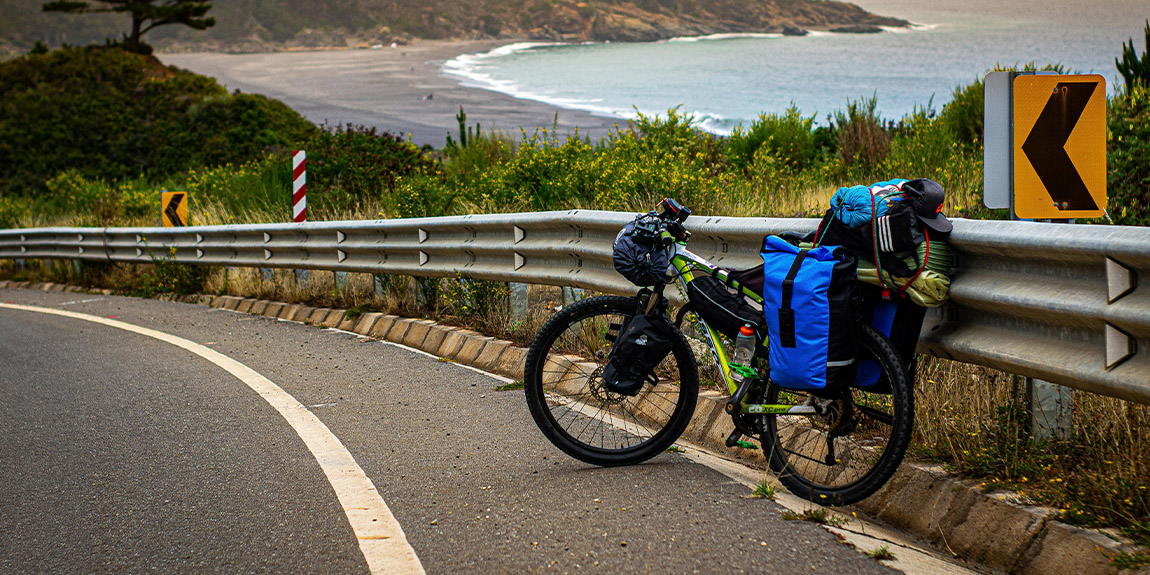
Choosing the right shelter for a bikepacking trip involves balancing several considerations, primarily weight, packed size, and the level of protection needed for anticipated weather conditions. The vast array of options, from minimalist tarps to full-featured tents, means there’s a solution for nearly every type of adventure. The ideal choice will depend on the climate, the remoteness of your route, and your comfort preferences.
For ultralight setups and fair weather, a bivy sack or a simple tarp can offer sufficient protection from bugs and light rain while being incredibly compact. These options appeal to those prioritizing minimal weight and pack size. When more substantial protection from wind, rain, or insects is required, a lightweight single-wall or double-wall tent becomes a more comfortable choice. These often provide more internal space and better ventilation.
Consider the nature of your trip: a quick overnight jaunt might only necessitate a bivy, whereas a multi-day journey through unpredictable mountain weather would warrant a robust, weather-resistant tent. The packed dimensions of the shelter are particularly important for bikepacking, as they need to fit efficiently within your bike bags without creating undue bulk or affecting handling. Ultimately, the best shelter is one that provides the necessary protection without compromising your ability to comfortably and efficiently ride the intended terrain.
- Bivy sacks offer the most minimalist and lightweight shelter. They are best suited for mild conditions and solo riders.
- Tarps provide adaptable protection from rain and sun. They require careful pitching and an understanding of knot tying.
- Lightweight tents offer a balance of protection, space, and portability. These are a common choice for various bikepacking adventures.
- Consider packability and how the shelter fits with your bike’s bag setup. Compact shelters are essential for maintaining bike handling.
- Evaluate the expected weather and bug conditions of your route. This will determine the necessary level of weather resistance and bug netting.
For More Information Please Visit: https://www.adventure-journal.com/ | https://us.alpkit.com/









